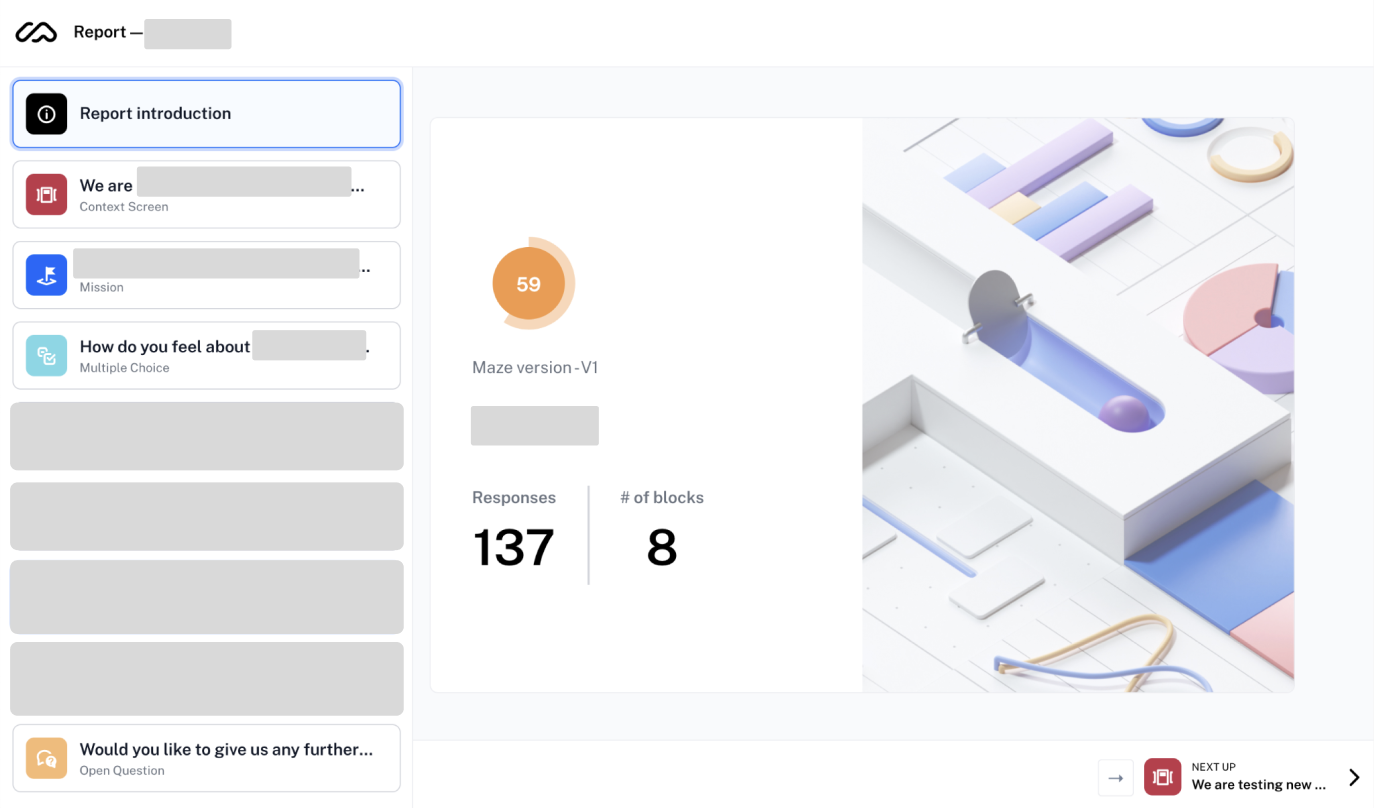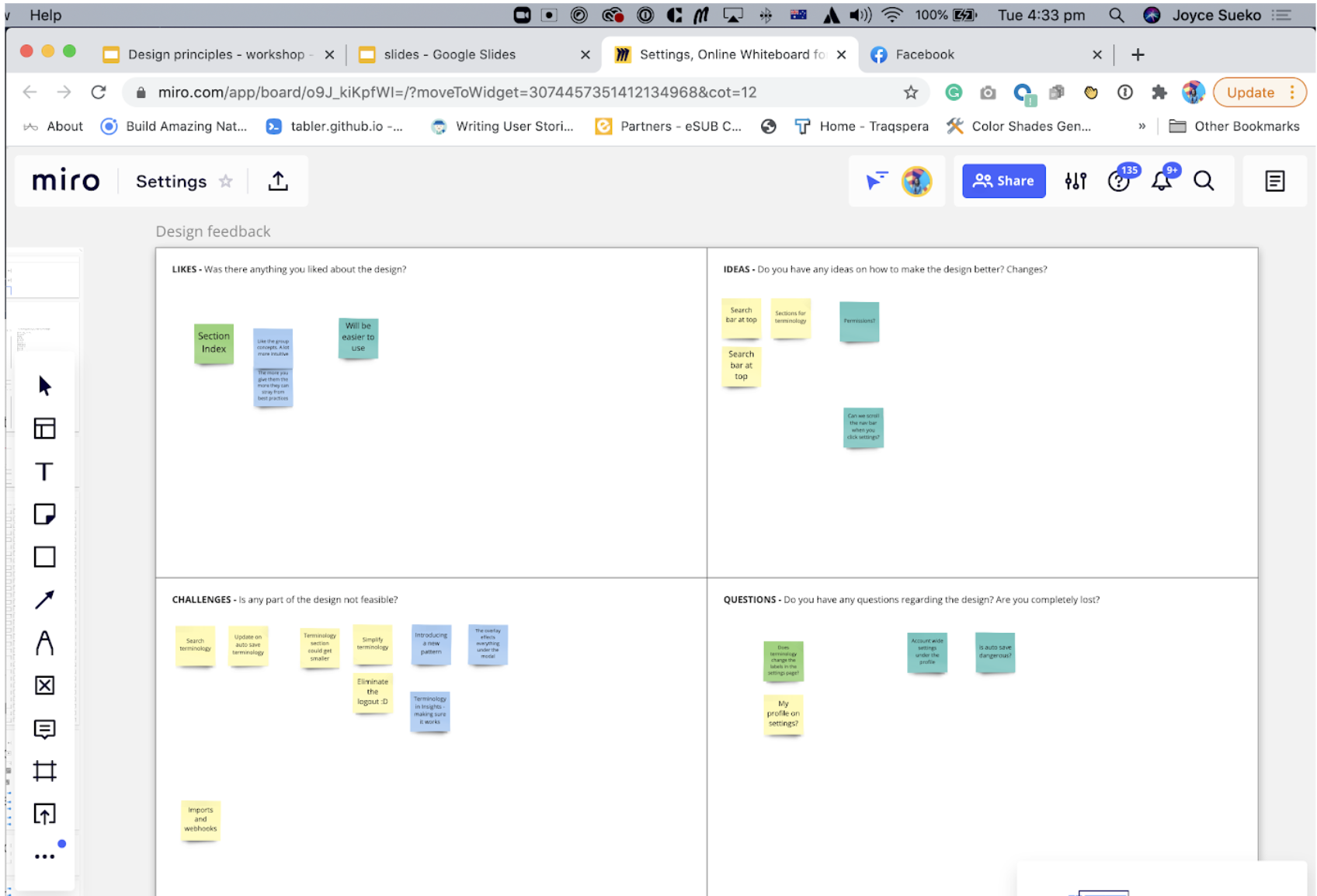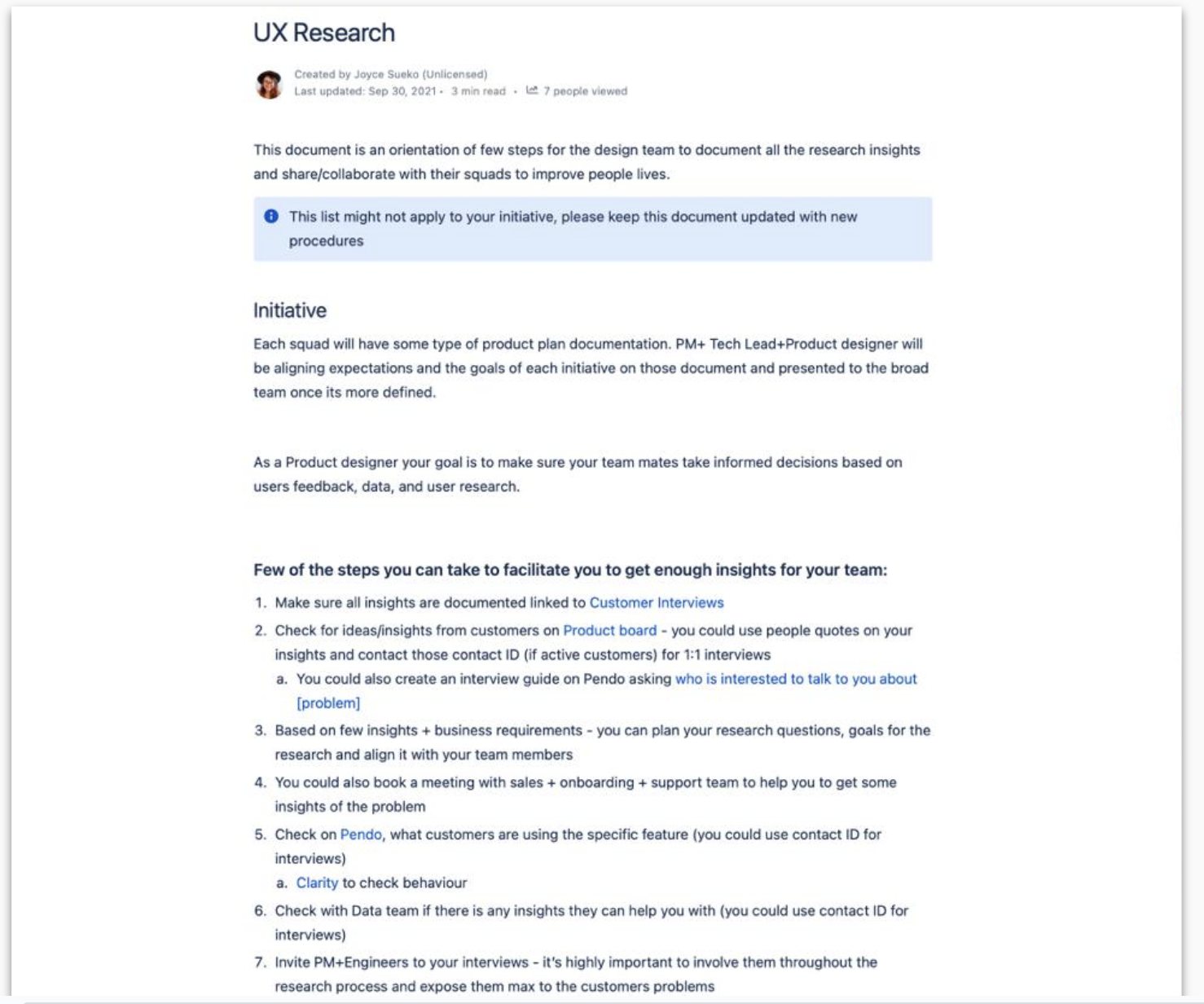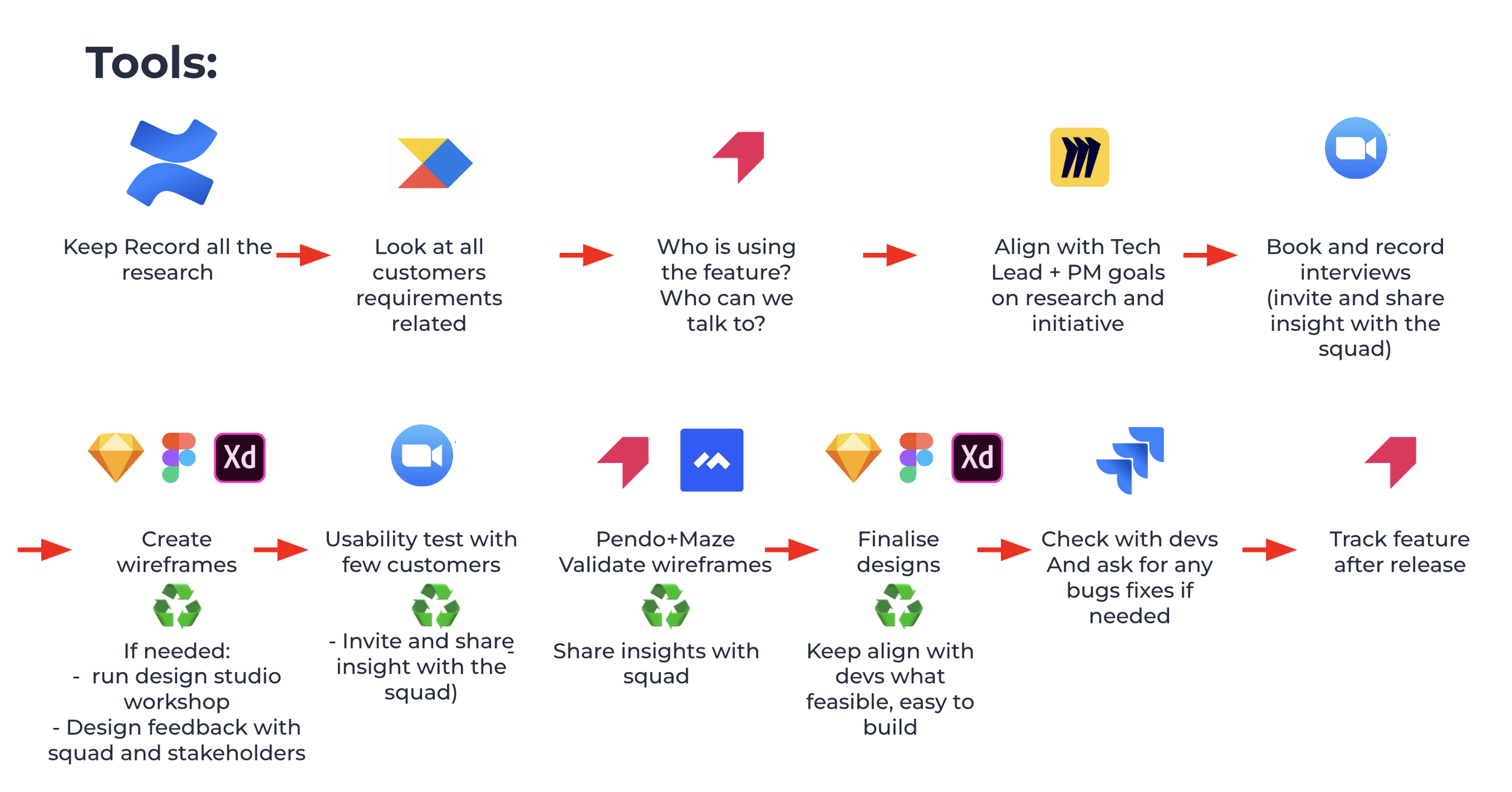Drove $229K in new subscriptions by improving promo code usability and workflow efficiency
Who are we?
Rezdy is a global SaaS booking and channel management platform serving 3,500+ tour and activity operators in over 100 countries.
My experience
At Rezdy, I led the redesign of the booking management experience for large-scale operators. Over eight months, I sped up product validation by introducing scalable UX research methods like unmoderated testing and Wizard of Oz experiments—while working closely with engineers early on to boost delivery and impact.
Case#1 - Regaining revenue through new subscription strategy
Overview
Rezdy was losing revenue from customers stuck on legacy fixed-fee plans. This project encouraged them to switch to a modern pricing model—low monthly fees plus per-booking transactions.
My Role
User Research & Data Analysis
Prototypes & Quick Usability Testing
Worked with PMs, Devs, and QA to deliver the product
UX Impact
204 promo codes were created
863 redemptions were recorded
Generated approximately $229,000 USD in revenue
The goal is to motivate existing customer to switch from legacy subscription plans to a slightly higher per-booking cost.
The key objective was to identify product opportunities that clearly demonstrated added value to users, motivating them to switch from legacy plans, even with a slightly higher per-booking cost, supporting Rezdy’s goal of increasing Gross Booking Value (GBV) and building a more sustainable, scalable revenue stream.
Discovery Phase
Who are we solving for?
We focused on operators who had not yet transitioned to the new pricing model, analysing their feedback and usage patterns through Pendo. These users often manage high booking volumes during seasonal peaks and rely heavily on promotional campaigns, such as time-sensitive promo codes, to drive bookings. Our goal was to understand where the current flow created friction and how to deliver value compelling enough to justify switching, even with increased per-booking costs.
Persona outline
Oscar - Operators
(not transitioned to new pricing model)
Interviewed +5 Tour Operators
User goals:
Increase seasonal revenue by launching targeted promotional campaigns.
Easily create and manage promo codes for specific days of the week.
Collaborate with partner operators by enabling cross-promotions with time-based promo codes.
Finding tour operators’ key pain to make the upgrade a no-brainer
To better understand operator workflows during peak seasons, I reviewed over 100 pieces of customer feedback. While only one directly requested the ability to set specific promo code dates, this surfaced a broader usability gap.
Analysis
Maze analysis
Customers Interviews
In follow-up interviews with five operators, a recurring issue became clear:
Many were manually recreating promo codes each week just to exclude weekends.
This reinforced the need for a more flexible, day-specific promo code management system.
What do our other booking software do better?
Few competitor platforms offer advanced scheduling features for promo codes.
#1
Flexibility in Day-Specific Customisation: While most operators typically apply discounts to weekdays or weekends, this flexibility also supports more nuanced use cases, such as targeting long weekends, public holidays, or off-peak days. Offering this functionality helps operators run more strategic, time-sensitive promotions that better align with booking behaviour.
What do our customers want to share with us?
I interviewed five tour operators to better understand how they currently use promo codes and where the system falls short. Insights were documented in Confluence for cross-functional alignment. Key themes emerged:
#1
Repetition: Operators were creating a new promo code each week just to exclude weekends, leading to unnecessary effort and system clutter.
#2
Control: Users lacked flexibility to define which days promo codes should be active, limiting their ability to run time-sensitive or targeted promotions.
#3
Efficiency: Managing availability manually each week introduced friction and made it difficult to scale promotional efforts during busy seasons.
Delivery Phase
Design and Development
Based on our research, we developed the following strategy for this project. A full rewrite was off the table, so we utilised existing UI to preserve consistency and speed up delivery.
Introduced the ability to assign promo code availability by day of the week, giving operators greater control and reducing manual setup efforts.
Success Criteria: Increase overall promo code usage through improved flexibility.
Restricted this feature to customers on the new pricing model to drive adoption and reinforce the value of transitioning.
Success Criteria: Boost plan migration and Gross Booking Value (GBV).
Rolled out the enhancement first to all users on the new pricing model, followed by a small group of legacy customers to gather feedback and test interest in switching.
Success Criteria: Validate user satisfaction and conversion potential before full release.
Validation Phase
From the prototype to the finished product
We followed a structured validation process to ensure usability and product-market fit:
Designed a high-fidelity prototype and launched an unmoderated usability test using Maze, with a Pendo survey deployed over the weekend to capture real-time feedback.
Engaged over 100 participants, collecting both qualitative input and behavioural data.
Received strong user responses and identified key usability improvements, which were documented for cross-functional visibility.
Collaborated closely with developers to refine the design, implement changes, and ensure seamless integration.
Established post-launch tracking to monitor adoption, usage patterns, and long-term performance.
Rollout Phase
Business Outcome
Just 8 weeks after launch, the new promo code experience earned strong praise from Rezdy and operators alike, highlighting smoother usability and greater efficiency.
#1
204 promo codes were created
#2
863 redemptions were recorded
#3
Generated approximately $229,000 USD in revenue
“It is easy to set up promo codes now!”
Rollout Phase
Business impact
#1
Feature Engagement: Promo code usage increased significantly in a short timeframe, indicating improved usability and relevance.
#2
Plan Adoption: 76% of eligible users transitioned to the new pricing model shortly after launch.
#3
Revenue Growth: The introduction of percentage-based transaction fees under the new plans contributed directly to increased revenue..
Learnings
When both the risk and effort of an initiative are low, move fast. Small wins can unlock big value.
Design doesn’t always have to start in Figma. Don’t hesitate to use creative tools like Inspect or browser-based experiments to explore and validate ideas quickly.
What THEY Say about me
“Joyce was the product designer on my team and brought clarity and user focus to our work every day. Joyce was tasked with adding complex features to help tour operators increase their bookings, which she was able to guide our team to execute and measure the success of. She was extremely collaborative with us engineers and even invited us to attend customer calls and grow our user empathy.”
THANKS FOR CHECKING IT OUT
Welcome to see my previous works UI Design projects









